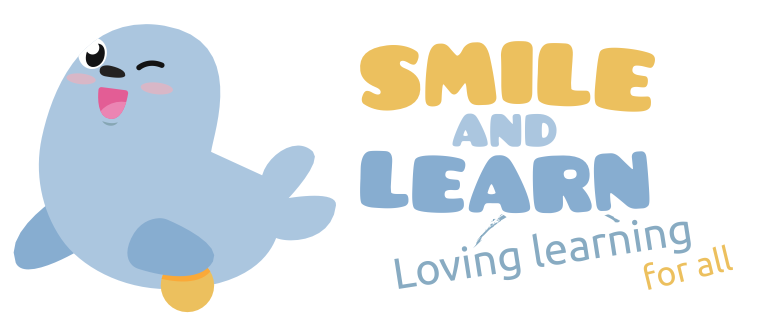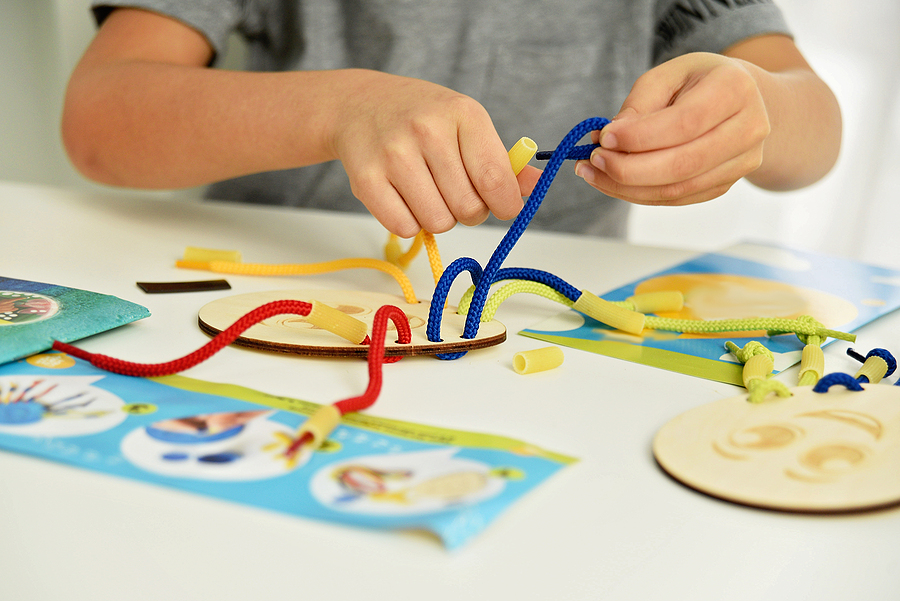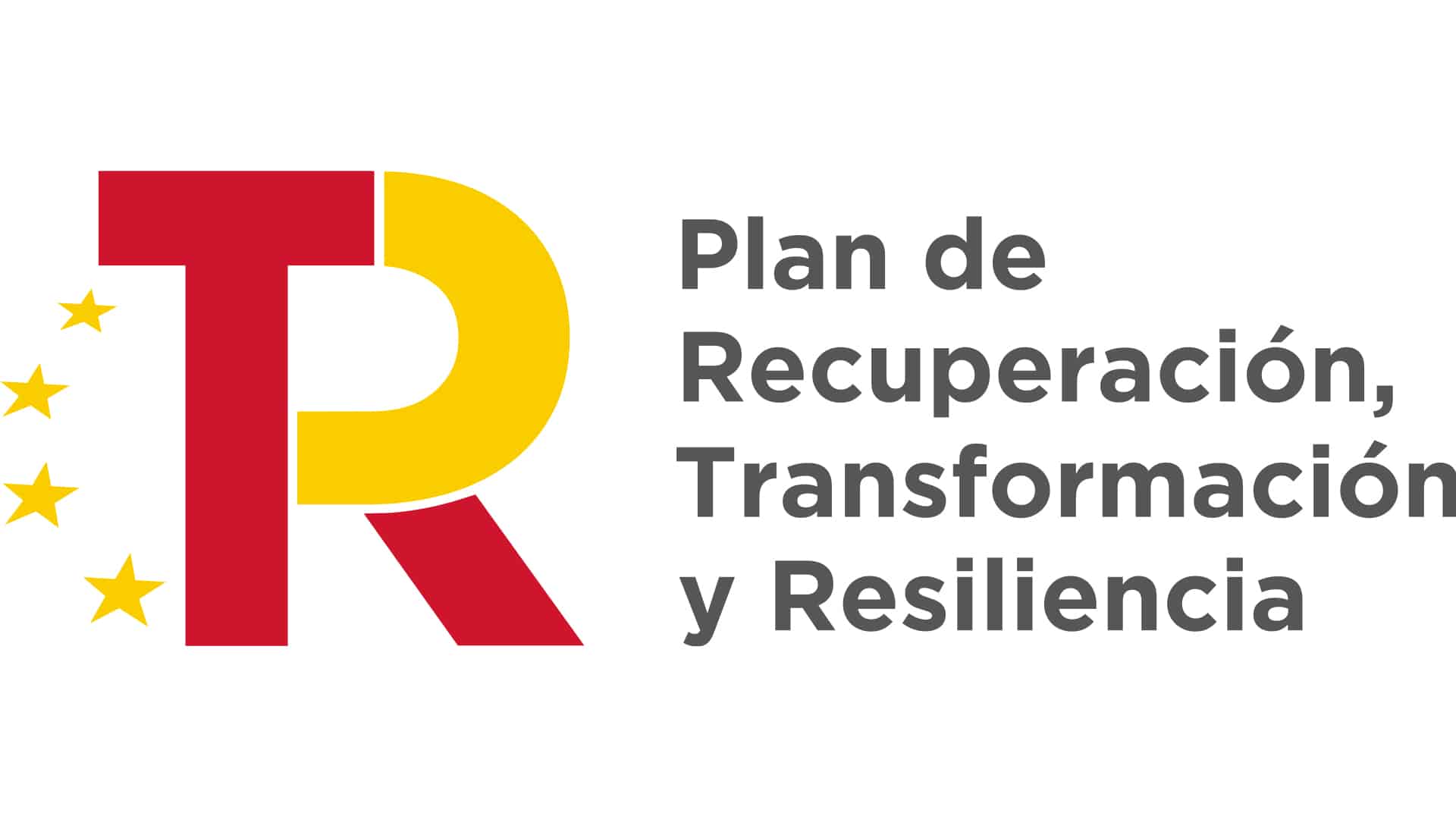Educating children in positive reinforcement positive reinforcement has numerous benefits on their behavior and their perception of themselves. But what exactly is positive reinforcement and how can it be used in the classroom?
Positive reinforcement is a resource used in education within the framework of operant conditioning. operant conditioning. Operant conditioning is a form of teaching in which children are more likely to repeat a certain behavior that leads to a positive response, such as a smile or a kind word. In other words, positive reinforcement, as its name suggests, consists of offering the children a positive stimulus, a small reward (which need not be material) every time they behave in a certain way. For example, offer them a greeting or a smiley face each time they pick up their toys by themselves or answer a math question correctly.
Children who receive positive reinforcement tend to develop greater confidence in themselves and their academic attitudes. This type of education offers numerous advantages for the youngest children, among them:
- Strengthening children’s self-esteem. Every time they do a task well, they know they will be rewarded. It makes them feel valid, and they feel that they are taken into account. In this way, children grow up with a stronger self-image.
- Motivation. Because children will receive a pleasant reward, they will be more willing to perform those tasks and responsibilities that may be a bit more difficult or tedious for them, such as studying, picking up or making the bed.
- Delimit meanings. If they receive positive feedback for their behavior, it will be easier for them to identify when they are acting the right way and when they are misbehaving.
As we have explained, positive reinforcement does not have to be a material reward. In addition, for it to be effective, children need to know what their reward will be before performing the activity. For example, the teacher can tell the students that if they behave well during class, they will do a more enjoyable activity, such as a game, during the last few minutes of class. At home, a parent can tell their child that if they finish their homework, they can choose which movie to watch that night or they can take a walk in the park.
Watch out! The idea is not to blackmail the child, but to make him feel that his effort is worthwhile. However, care must be taken. Excessive use of this type of reinforcement may cause them to act more for the reward than to improve their behavior. Hence the importance of not all positive reinforcement being material. As we have already explained, a smile, a kind word, an acknowledgement for the effort, is more than enough to make the children feel that their work is worthwhile.
Platforms such as Smile and Learn are ideal for educating children in positive reinforcement since they learn while they play and have fun. If you haven’t tried our educational platform yet, you can do it for free by filling out the following form this form.
















